General
Symptoms
Diagnosis
Treatment
Prevention
GENERAL
Feline leukemia virus (FeLV) is a retrovirus that commonly causes anemia or lymphoma. This virus suppresses the immune system which can also predispose cats to other diseases and other potentially deadly infections. There are many symptoms of feline leukemia, so it’s important to know what to look out for.
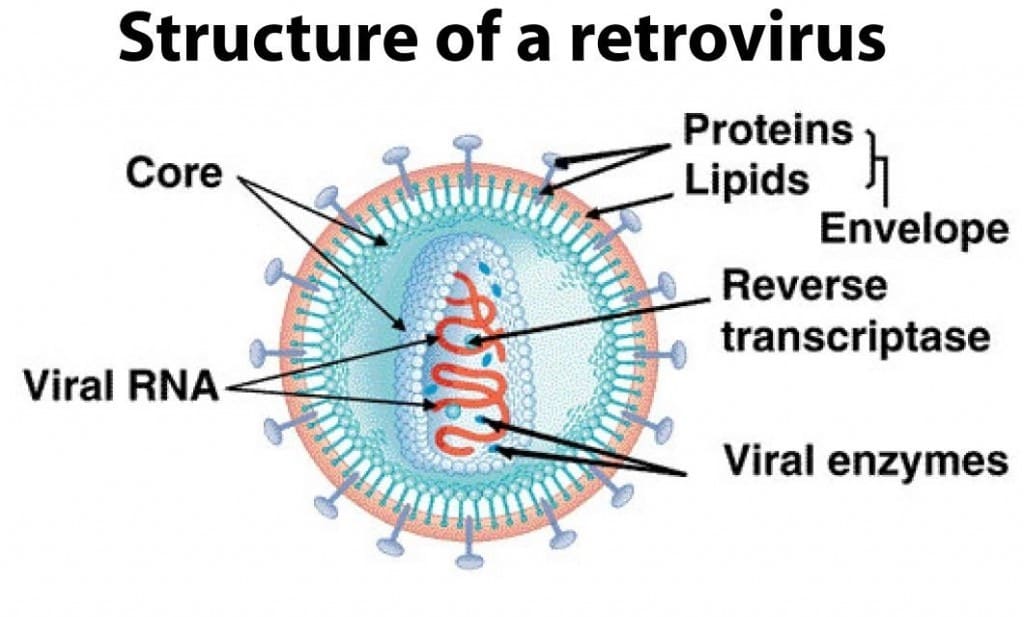
SYMPTOMS OF FELINE LEUKEMIA
- Fever
- Diarrhea
- Weight loss/loss of appetite
- Progressive weakness and lethargy
- Dull coat
- Difficulty breathing
- Bladder, skin, or upper respiratory infections
- Jaundice in mouth and eyes
- Enlarged lymph nodes

DIAGNOSIS
In the event that your cat demonstrates any of the clinical signs above, it is important that you visit your veterinarian. FeLV can be easily diagnosed with a simple blood test called an ELISA, which identifies the FeVL proteins in the blood. This test is highly sensitive and can identify cats with very early infections.
A second blood test, the IFA, detects the progressive phase of the infection, and cats with positive results for this are unlikely to clear the virus.
TREATMENT
There is presently no cure for the FeLV infection. Secondary infections can be treated as they appear, and cats with cancer can receive chemotherapy.
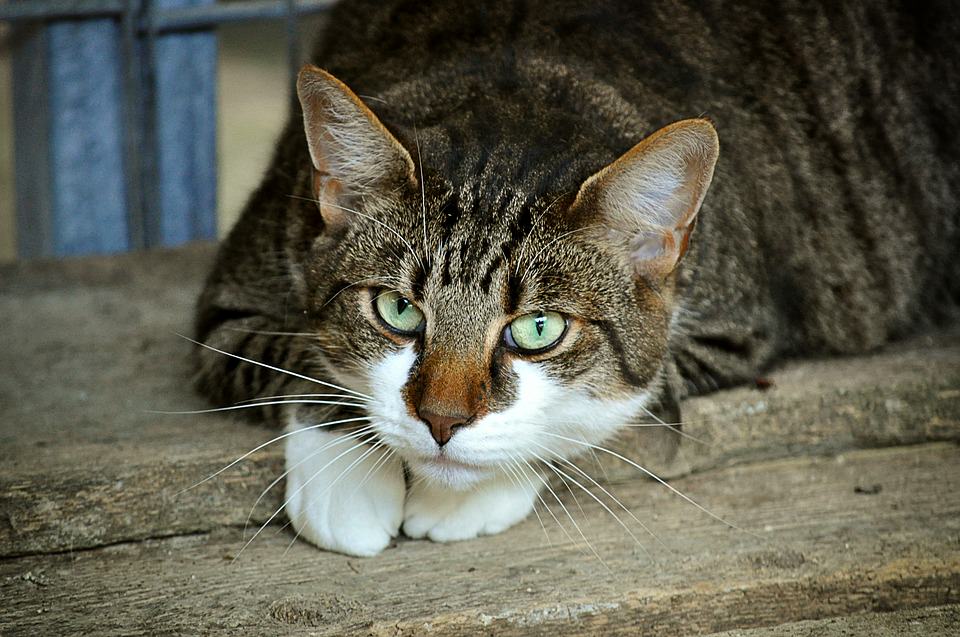
PREVENTION
Keeping your cat indoors and away from infected cats is the best way to prevent exposure to FeLV. Vaccines can be administered to cats at high risk of exposure (ex: those who go outside or live in shelters or catteries). Kittens over eight weeks of age or new cats should be tested for the virus before being introduced to a multi-cat household.
This material is provided for educational purposes only and is not intended to diagnose or treat any disease or condition. All specific treatment decisions must be made by you and your local, attending veterinarian.
RELATED PRODUCTS


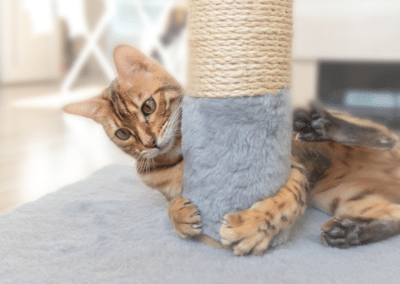



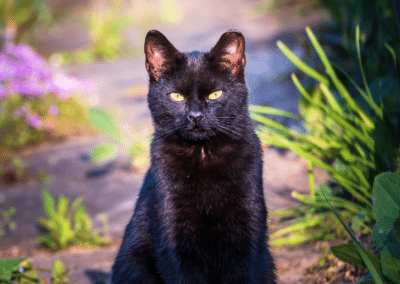
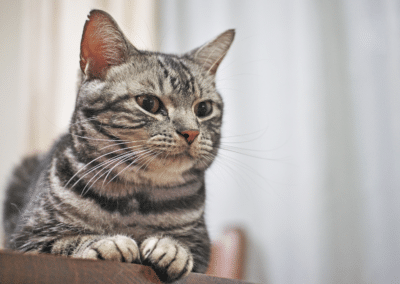

0 Comments